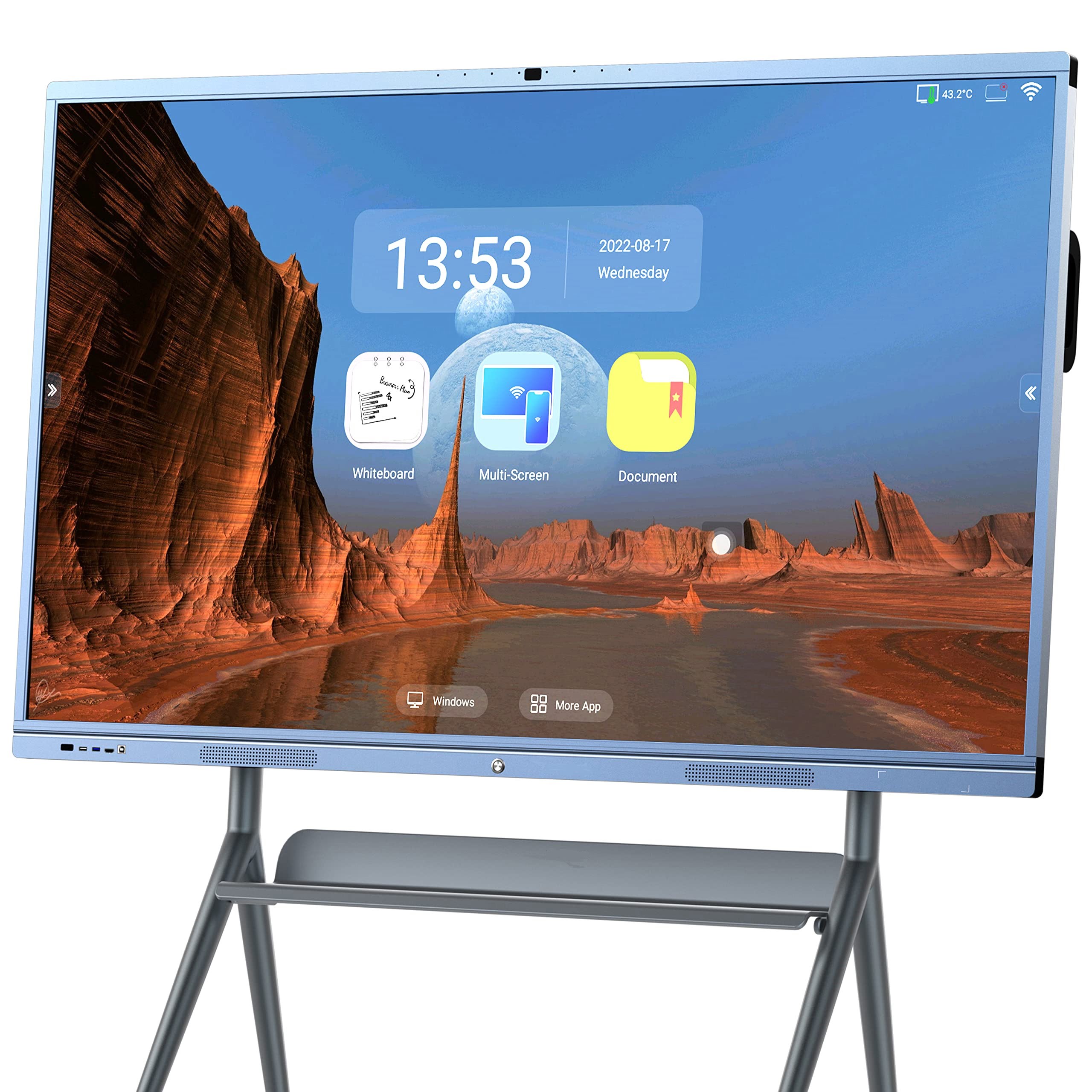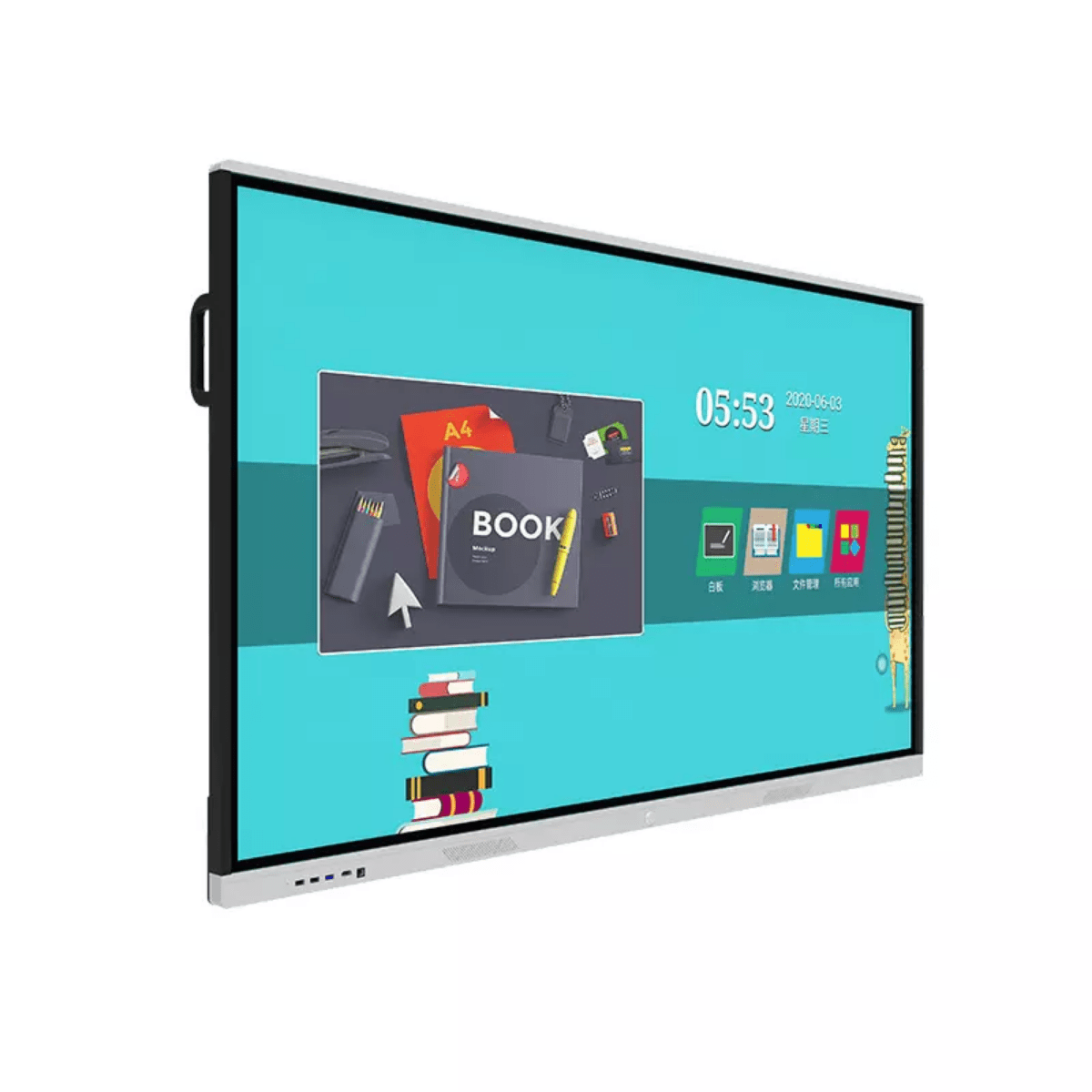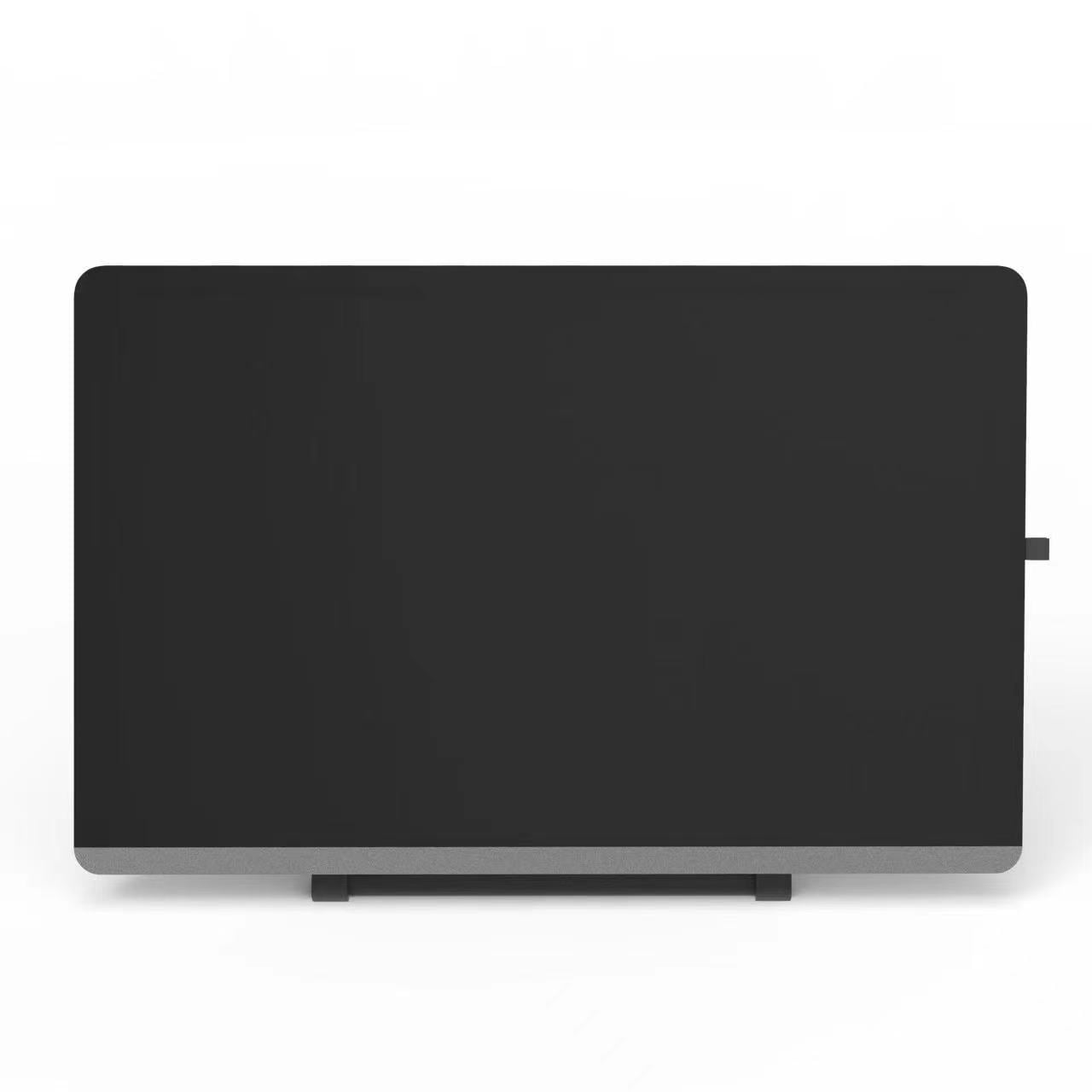Choosing a smart board involves considering several factors to ensure that it meets your specific needs and requirements. Here are some key points to consider when selecting a smart board:
- Purpose and Intended Use: Determine how you plan to use the smart board. Will it be primarily used for education in classrooms, training in a corporate environment, or collaborative work in a conference room? Understanding the intended use will help you identify the features and functionalities you need.
- Interactive Features: Look for interactive features that suit your requirements. Common features include touch capability, multi-touch support, handwriting recognition, gesture recognition, and the ability to annotate or draw on the board. Consider the sensitivity and responsiveness of the touch interface.
- Size and Resolution: Determine the ideal size and resolution based on the available space and viewing requirements. Consider the viewing distance and the number of participants who need to see the content clearly. Ensure that the resolution is sufficient for displaying detailed content.
- Connectivity and Compatibility: Check the connectivity options available on the smart board. Ensure that it is compatible with the devices you intend to connect, such as computers, tablets, or smartphones. Look for options like HDMI, USB, wireless connectivity, or network integration.
- Software and Operating System: Consider the software that comes with the smart board. Evaluate the user interface, ease of use, and available features. Also, check if the smart board is compatible with your preferred operating system, such as Windows, macOS, or Linux.
- Durability and Build Quality: Look for a smart board with sturdy construction that can withstand regular use. Consider factors such as scratch resistance, the durability of the surface, and the quality of the frame or stand. Ensure that the board is built to last and can withstand potential accidents or impacts.
- Additional Features: Consider any additional features that might be important to you. This could include built-in speakers, a built-in computer or operating system, wireless screen-sharing capabilities, or the ability to save and export content.
- Budget: Determine your budget range for the smart board. Prices can vary significantly depending on the size, brand, features, and capabilities. Look for a balance between features and cost that suits your requirements and budget.
- Reviews and Recommendations: Read reviews from other users or seek recommendations from colleagues, friends, or industry professionals who have experience with smart boards. Their insights can provide valuable information about the performance, reliability, and overall user experience.
By considering these factors, you can make an informed decision and choose a smart board that aligns with your needs, ensuring an effective and enjoyable interactive experience.




